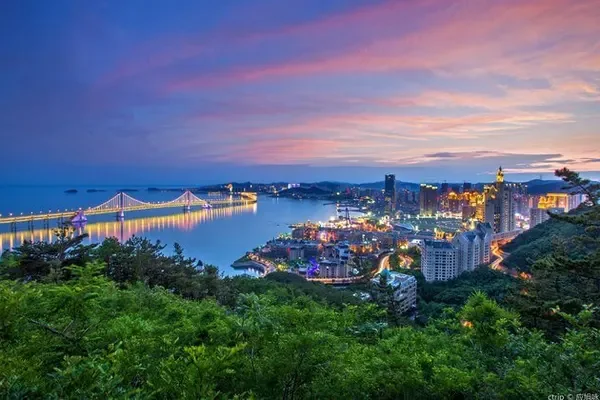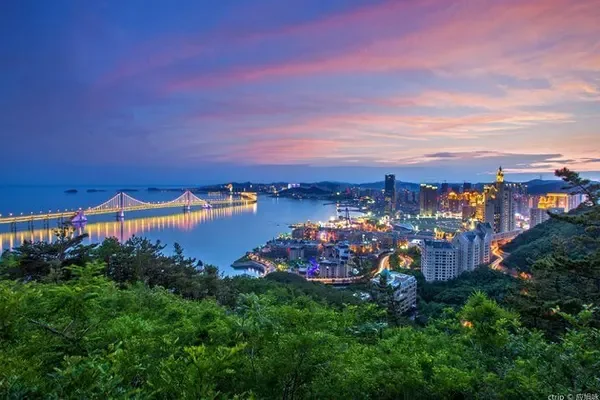introduce
Jokhang Temple, which is "Juekang" in Tibetan, also known as "Zulakang", is the end point of pilgrimage for Tibetan Buddhist believers. In their hearts, the Jokhang Temple is as sacred as the Potala Palace. No matter in terms of geographical location or in the minds of Tibetan Buddhist believers, the Jokhang Temple is a veritable holy place and center of Tibetan Buddhism, and has an extremely lofty and holy position in the history of Tibetan Buddhism.

The Jokhang Temple was built in the middle of the seventh century AD. It was built by King Songtsen Gampo of Tibet in order to place his concubine, Princess Chizun of Nepal, and the 8-year-old Buddha statue of Sakyamuni brought from his hometown of Kathmandu. In 1409 AD, the founder of the Gelug Sect Master Tsongkhapa carried forward the Dharma in the Jokhang Temple and held the Great Dharma Conference, thus establishing his important position in the history of Tibetan Buddhism. In the eighth century A.D., when Princess Wencheng of the Tang Dynasty entered Tibet, the 12-year-old Sakyamuni statue was enshrined in the Jokhang Temple and became the treasure of the Jokhang Temple. It is a must-see for tourists and pilgrims one. In addition, there are Tibetan-style murals "Princess Wencheng Entering Tibet" and "Jokhang Temple Construction Map" with a length of nearly one thousand meters in the temple, as well as two Thangkas embroidered with Dharma protectors in the Ming Dynasty, which are rare art treasures.
Passage
Lhasa has three prayer passages, "inner, middle and outer", all of which revolve around the Jokhang Temple. Among them, the circle around the Juekang Hall along the Thousand Buddha Hall in the temple is called "Nangkuo"; the circle around the Jokhang Temple is called "Bakuo"; The circle of the temple and the Jokhang Temple is rumored as "Lin Kuo".
Attraction guide
After entering the Jokhang Temple along the main entrance, there is a patio-style courtyard. There are several rows of butter lamps on the east side of the courtyard. Because believers add butter every day, they are not extinguished all year round. Behind the butter lamp is the main entrance of the main hall of the Jokhang Temple. On the left side of the entrance is Master Rinpoche, the founder of the Red Sect, and on the right side is Jamba Buddha, Maitreya Buddha, also known as the Future Buddha. On the right wall are murals about the story of the construction of the Jokhang Temple. The main content is the appearance of the Potala Palace in the 7th century and the scene of filling the lake to build the Jokhang Temple.
In clockwise order, it used to be a Buddhist hall dedicated to Master Tsongkhapa, the founder of the Yellow Sect, and his eight disciples. Continue to go around to the right and pass through the Yasha Hall and Dragon King Hall on both sides. Behind hundreds of butter lamps is the famous "Juekang" Hall. It is not only the main body of the Jokhang Temple, but also the essence of the Jokhang Temple. In the center of Juekang Hall is the Great Sutra Hall, which is the place where lamas chant scriptures and practice on weekdays. There are many small Sutra halls around. The twelve-year-old golden statue of Kyamuni is the core of the Jokhang Temple and a holy place for pilgrims.
Next to the courtyard, there are stairs leading to the second and third floors. On the second floor, there is the Dharma King Hall dedicated to King Songtsen Gampo, Princess Wencheng, and Princess Chizun, and the Bandanram Dharma Protector Temple dedicated to the auspicious Heavenly Mother. Standing on the wide terrace on the second floor, you can overlook the Potala Palace, which is an excellent location for taking pictures. The golden roof on the third floor is also one of the highlights of the Jokhang Temple, but most of the time the third floor is closed to the public. In case of a coincidence, you can go up to the third floor. The four magnificent golden roofs are amazing.
opening hours
12:00-18:30 all year round (last admission 18:30)
must see tips
1. When visiting the Jokhang Temple, you must proceed clockwise according to the Tibetan Buddhist custom.
2. Tibetan Buddhist temples are not allowed to take pictures. If you must take pictures, you can go to the temple management office to buy a photo permit. The fee is 90 yuan.
3. Donate incense money in temples in Tibetan areas. If you don’t have any change, you can put in big bills and get the change back.
4. Every afternoon on the second floor of the Jokhang Temple, there will be a lama debating scriptures. If you happen to enter the temple in the afternoon, you can follow the sound.
5. On the terrace on the second floor of the Jokhang Temple, you can see the Potala Palace from a distance, and the photos are amazing.
6. The Butter Lantern Festival on the 15th day of the first lunar month in the Tibetan calendar and the Auspicious Tianmu Festival on the 15th day of the October month in the Tibetan calendar are the busiest times in the Jokhang Temple and Barkhor Street, so they are not to be missed.
[High-end service information] The Jokhang Temple includes excellent explanations by Tibetan tour guides, and small group explanations by Tibetan professional tour guides.


